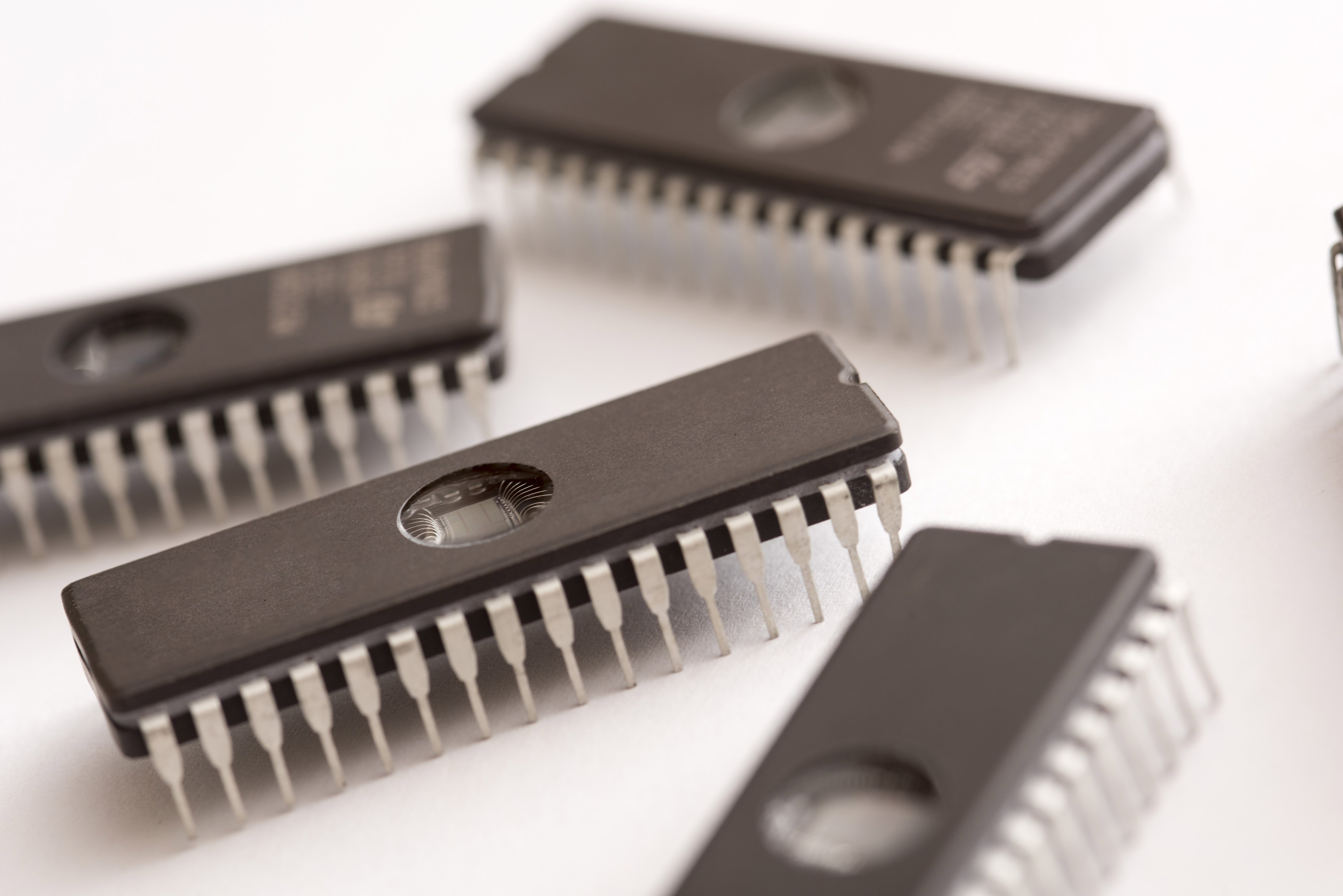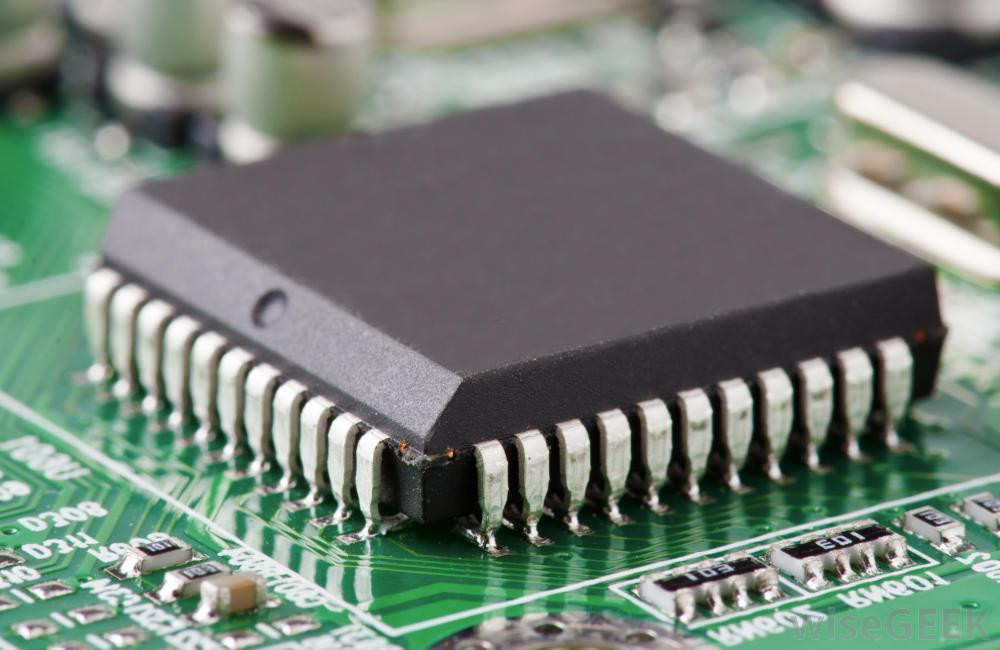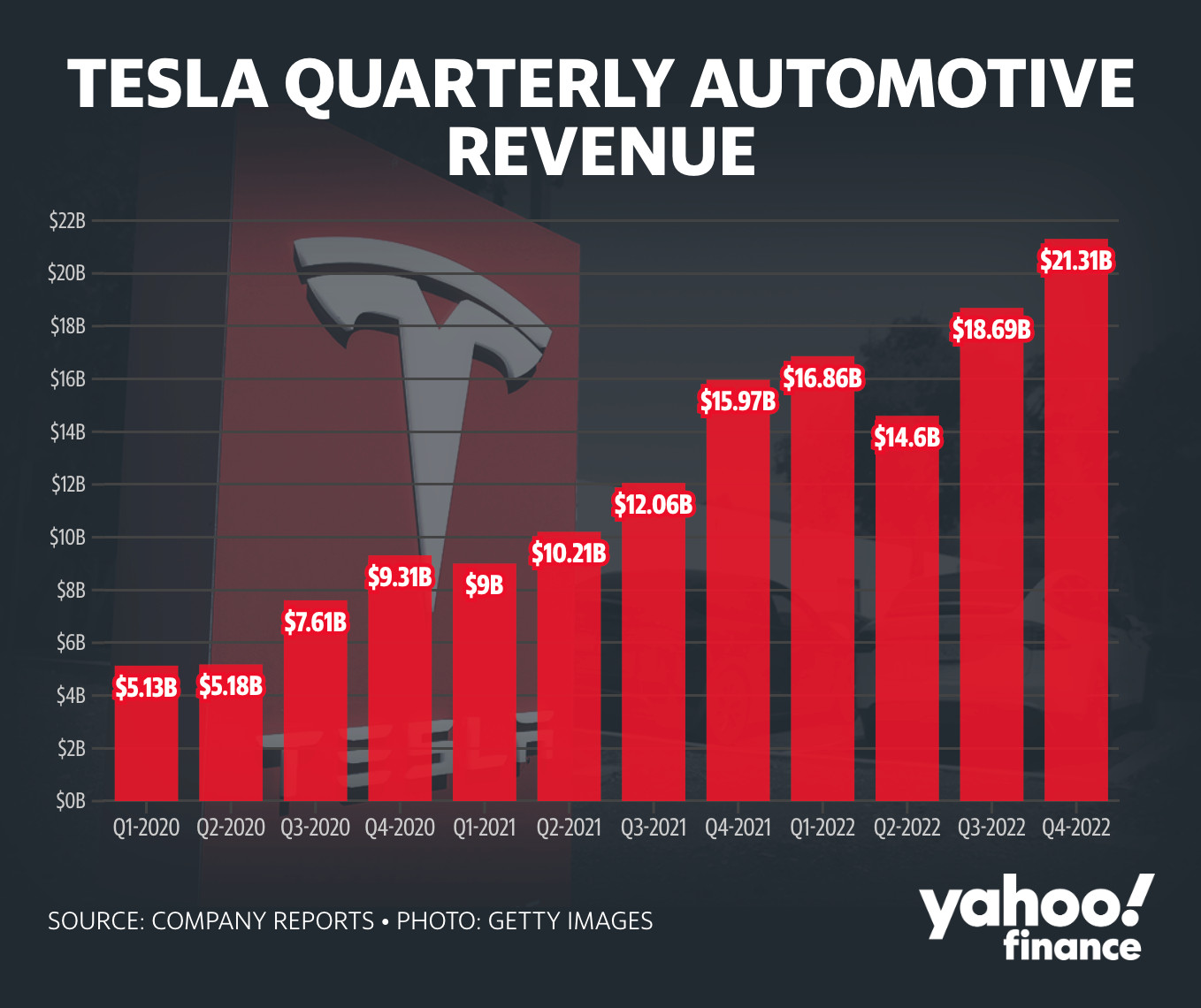Memory Integrated Circuits Market: A Booming Sector Driven by Data Growth and Advancements in Technology
The global Memory Integrated Circuits (ICs) market is experiencing a surge in demand, fueled by the exponential growth of digital data across various sectors. In 2023, the market size was valued at USD 7.43 Billion, and it is projected to grow by 6.8% from 2024 to 2030, reaching nearly USD 11.78 Billion. This rapid expansion is driven by several key factors, including the increasing demand for high-performance memory solutions in advanced technologies like artificial intelligence (AI), 5G, and cloud computing.
The Growing Demand for Memory ICs
With businesses and individuals creating more data than ever before, the importance of advanced memory solutions to manage this increase becomes more crucial. Memory ICs are essential for storing and retrieving data in various applications, ranging from personal gadgets to industrial systems. The rapid rise in digital data production, particularly in sectors like consumer electronics, enterprise storage, automotive, and IoT devices, is directly driving the need for efficient memory ICs to handle this data deluge.
The Role of AI and Other Emerging Technologies
The rise in the use of artificial intelligence (AI) and other new technologies, which require substantial memory storage, coupled with the increasing adoption of smart devices, is further propelling the demand for high-performance and low-power memory ICs. These advancements are driving the development of new memory technologies, such as MRAM (Magnetoresistive RAM) and RRAM (Resistive RAM), which are expected to play a significant role in the future of memory storage.
Regional Insights: Asia-Pacific Takes the Lead
The Asia-Pacific region holds a significant share of the global Memory ICs market, primarily due to its vast population and growing consumer electronics market. The region's increasing consumption of consumer electronics, coupled with its rapid adoption of new technologies, is driving strong demand for memory ICs. The region's growing economic prosperity is further contributing to this trend.
Segmentation: Understanding the Memory IC Landscape
By Memory Type
The Memory IC market is segmented based on memory type, with each type serving different applications and offering unique characteristics. The key types include:
- SRAM (Static RAM): Known for its high speed and low latency, SRAM is used in applications requiring fast data access, such as cache memory in processors and high-speed network devices.
- DRAM (Dynamic RAM): The most widely used memory type, DRAM offers a balance of speed, capacity, and cost, making it suitable for main memory in computers and other devices.
- Flash Memory: Known for its non-volatility, flash memory retains data even when power is off. It is used in solid-state drives (SSDs), memory cards, and embedded systems.
- MRAM (Magnetoresistive RAM): This emerging technology offers non-volatility, fast access speeds, and high endurance. It is expected to replace DRAM in specific applications.
- RRAM (Resistive RAM): Another promising technology, RRAM offers high density, fast write speeds, and low power consumption. It is being explored for use in memory and storage applications.
By Application
The Memory IC market is segmented by application, reflecting the diverse range of sectors where these components are used. Key applications include:
- Consumer Electronics: Smartphones, tablets, laptops, and gaming consoles heavily rely on Memory ICs for data storage and processing. The growing demand for high-resolution displays, faster processing speeds, and increased storage capacity in consumer electronics is driving the demand for Memory ICs in this sector.
- IT & Telecommunication: Servers, data centers, and network equipment require large amounts of memory to handle the massive amounts of data being generated and processed. The growing adoption of cloud computing and the expansion of data centers are driving the demand for Memory ICs in this sector.
- Automotive: Advancements in automotive technology, such as ADAS (Advanced Driver-Assistance Systems), infotainment systems, and connected car technologies, are driving the demand for Memory ICs. These systems require high-performance, reliable memory solutions to handle the increasing data processing and storage requirements.
- Industrial: Industrial automation, robotics, and smart manufacturing systems require high-performance memory ICs for data storage, processing, and control. The growing adoption of Industry 4.0 concepts and the increasing automation of manufacturing processes are driving the demand for Memory ICs in this sector.
- Aerospace & Defense: Military aircraft, satellites, and other defense systems utilize Memory ICs for critical data storage and processing. The need for high reliability, radiation tolerance, and long-term performance in these applications drives the demand for specialized Memory ICs in this sector.
- Medical: Medical devices, such as imaging equipment, diagnostic tools, and wearable health monitors, rely on Memory ICs for data storage and processing. The growing demand for advanced medical devices and the increasing adoption of telemedicine are driving the demand for Memory ICs in this sector.
Key Players Shaping the Memory IC Market
Several key players are shaping the Memory IC market, driving innovation and competition. These include:
- Samsung Electronics: A leading manufacturer of DRAM, NAND flash, and other memory technologies, Samsung holds a significant market share globally. Their focus on developing advanced memory technologies, such as 3D NAND and DDR5, is driving the evolution of the Memory IC landscape.
- SK Hynix: Another major player in the Memory IC market, SK Hynix is known for its DRAM and NAND flash memory technologies. Their investments in research and development are aimed at improving memory performance, reducing power consumption, and increasing storage capacity.
- Micron Technology: A global leader in DRAM and NAND flash memory, Micron is known for its innovative memory technologies and commitment to sustainable manufacturing practices. Their focus on expanding production capacity and developing new memory solutions positions them as a major player in the Memory IC market.
- Western Digital: A leading provider of data storage solutions, Western Digital is known for its NAND flash memory and HDD (Hard Disk Drive) technologies. Their focus on expanding storage capacity and developing new memory solutions is driving their growth in the Memory IC market.
- Kioxia: A joint venture between Toshiba and Western Digital, Kioxia is a major manufacturer of NAND flash memory. Their focus on developing high-density NAND flash technologies positions them as a key player in the Memory IC market.
The Future of Memory ICs: A Look Ahead
The Memory IC market is expected to continue its growth trajectory, driven by the increasing demand for high-performance, reliable memory solutions in various applications. Several key trends will shape the future of this market:
- Emerging Memory Technologies: Technologies like MRAM, RRAM, and PCM (Phase-Change Memory) are gaining momentum. These technologies offer significant advantages over traditional memory technologies, such as non-volatility, high speed, and lower power consumption. They are poised to play a key role in shaping the future of memory storage.
- Increased Storage Capacity: The demand for larger storage capacity is driving the development of new memory technologies and manufacturing processes. The industry is constantly pushing the boundaries of storage density, enabling devices to store more data than ever before.
- Focus on Sustainability: Sustainability is becoming a key consideration in the Memory IC industry. Manufacturers are focusing on developing energy-efficient memory technologies and reducing their environmental impact. This includes using recycled materials, reducing energy consumption, and minimizing waste generation.
The Memory IC market is a dynamic sector, driven by the relentless growth of data and the constant evolution of technology. As data continues to proliferate, and technological advancements continue to shape the memory landscape, the demand for high-performance, reliable Memory ICs will only continue to grow. The future of memory storage holds exciting possibilities, with new technologies and applications emerging to meet the ever-increasing data needs of our interconnected world.
Final Thoughts: Embracing the Memory Revolution
The rise of memory integrated circuits is a pivotal point in the evolution of technology. The increasing demand for high-performance memory solutions is a testament to our reliance on data and the advancements that technology is enabling. As we move further into the digital age, memory ICs will continue to play a critical role in enabling innovation, empowering industries, and shaping the future of our interconnected world.


















